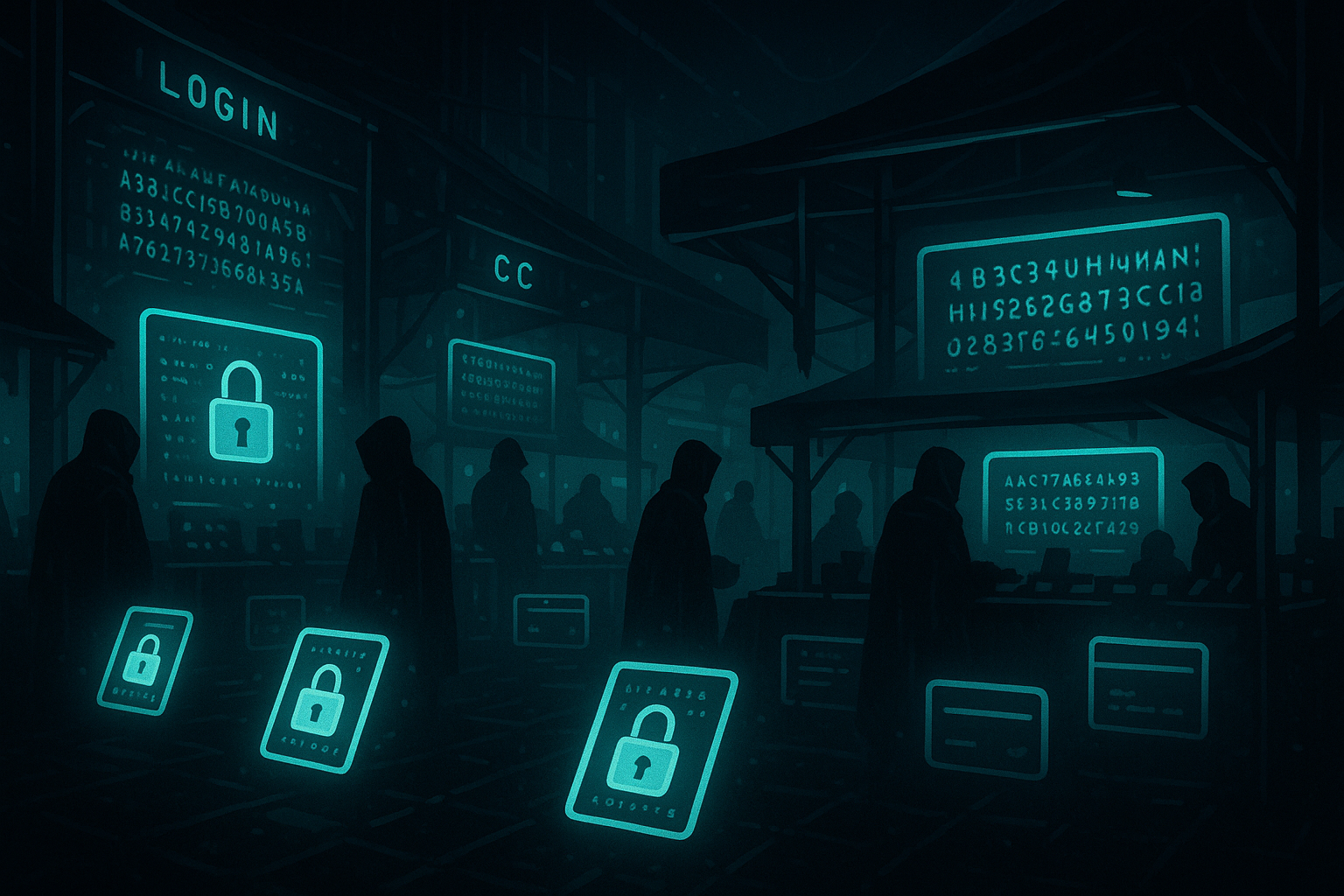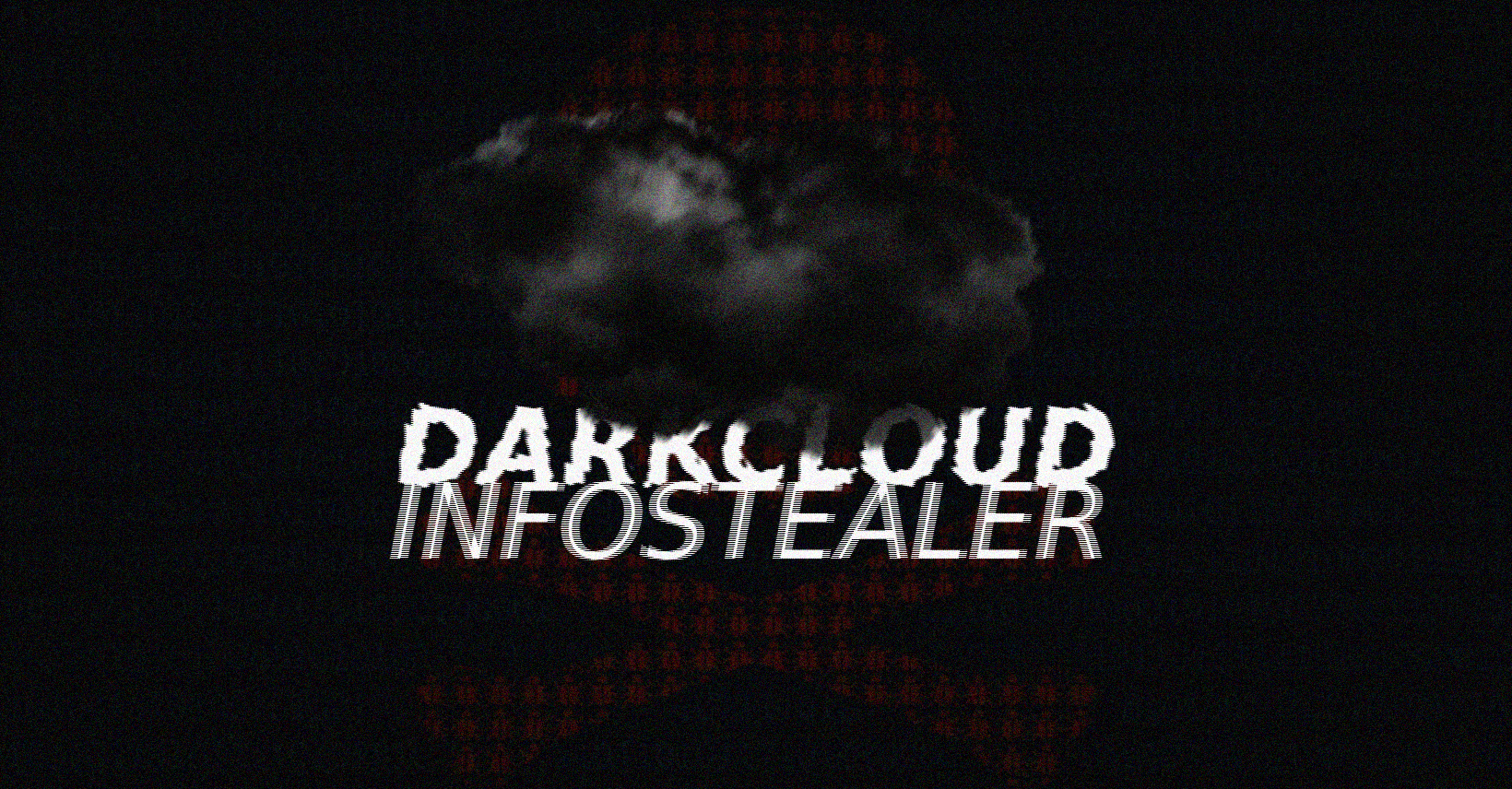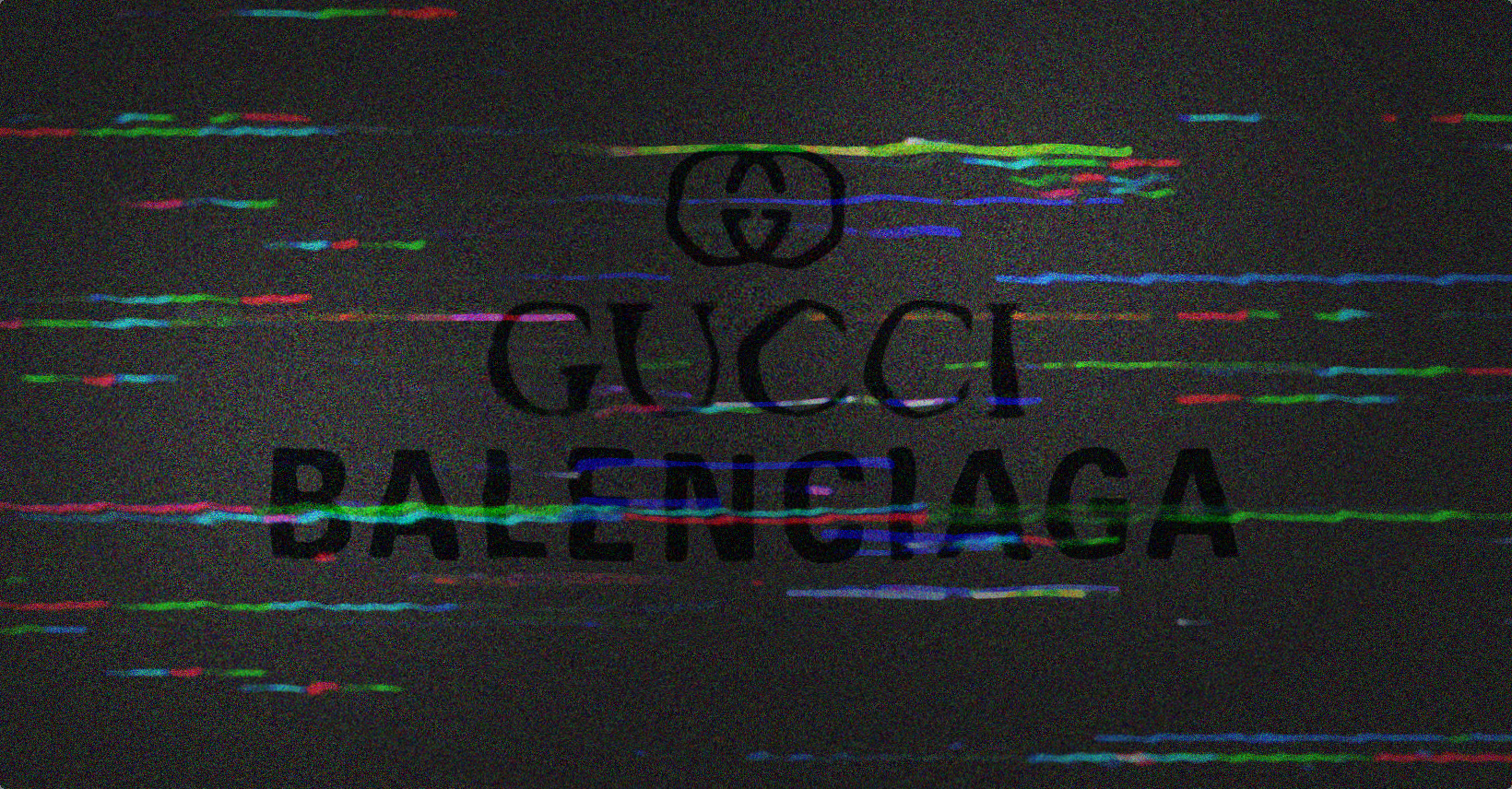The dark web has become a thriving hub for cybercriminals trading stolen data from the massive 2025 credential breach, which exposed 16 billion login records. Uncovered in June 2025 by Cybernews, this unprecedented leak has fueled a surge in account takeovers, phishing scams, and identity theft, with dark web marketplaces acting as the engine behind these attacks. This article explores how these underground networks amplify cybercrime and offers practical steps for organizations to combat the fallout.
Dark Web Marketplaces: The Engine of Credential Trafficking
The 2025 credential breach, comprising 30 datasets of usernames, passwords, and session tokens, has flooded dark web marketplaces like Genesis and Russian Market. These platforms operate as digital bazaars where stolen credentials are sold for as little as $5 per batch or shared freely to build hacker reputations. Cybersecurity firm KELA reports that over 2 million fresh credentials from the breach appeared on dark web forums within days of its discovery, with Telegram channels distributing sample datasets to attract buyers KELA.
Unlike traditional black markets, dark web platforms are highly accessible, requiring only a Tor browser and cryptocurrency for transactions. This ease of access has democratized cybercrime, enabling even low-skill attackers to purchase tools like Sentry MBA for automated credential-stuffing attacks. The structured nature of the leaked data—organized by platform, including Google, Apple, and GitHub—makes it a goldmine for orchestrating targeted campaigns, from ransomware to financial fraud.
The scale of this trade is staggering. Elliptic’s analysis shows that dark web vendors have earned over $500 million in 2025 from stolen data sales, with the 2025 credential breach contributing significantly Elliptic. The availability of session cookies in some datasets allows attackers to bypass two-factor authentication (2FA), escalating the threat to both individuals and organizations.
Automated Attacks Powered by Stolen Credentials
The dark web doesn’t just sell data—it provides the tools to exploit it. The 2025 credential breach has supercharged automated account takeover (ATO) campaigns, where bots test stolen credentials across multiple platforms. Tools like OpenBullet, available for as little as $10 on dark web forums, enable attackers to scale these attacks, targeting e-commerce, banking, and social media accounts with alarming efficiency.
This automation amplifies the breach’s impact. A single compromised email account can lead to cascading attacks, as attackers pivot to corporate systems or launch phishing campaigns. For instance, compromised GitHub credentials from the breach have been linked to supply chain attacks, where hackers inject malicious code into software repositories. The 2024 Okta breach, which saw similar dark web-driven ATOs, serves as a grim precedent, costing affected companies millions The Record.
The speed of these attacks is a key concern. Dark web vendors often provide “freshness guarantees,” ensuring credentials are recent and untested, increasing their success rate. Organizations face a race against time to detect and block compromised accounts before attackers exploit them, making proactive monitoring critical.
How Organizations Can Track Dark Web Threats
To counter the 2025 credential breach, organizations must actively monitor dark web activity. Specialized threat intelligence services, like those offered by Flashpoint or Recorded Future, scan underground forums for mentions of company-specific data, providing early warnings of potential breaches. These tools use machine learning to analyze dark web chatter, identifying leaked credentials before they’re widely exploited.
Beyond third-party services, organizations can adopt open-source intelligence (OSINT) techniques, such as monitoring Telegram channels or Tor-based forums for leaked data. However, this requires expertise to navigate safely and avoid legal risks. Partnering with cybersecurity firms can streamline this process, offering real-time alerts and actionable insights.
Training employees to recognize phishing attempts—a common entry point for credential theft—is equally vital. Simulated phishing exercises and regular security awareness programs can reduce the risk of initial compromise, which often feeds dark web leaks. Combining these efforts with robust monitoring ensures organizations stay one step ahead of cybercriminals.

Strengthening Defenses Against Credential Exploits
Mitigating the fallout from the 2025 credential breach requires a multi-layered approach. First, organizations should enforce strong password policies and mandate 2FA across all systems, ideally using authenticator apps over SMS. Password managers like LastPass or Bitwarden can help employees generate and store unique passwords, reducing the risk of credential reuse LastPass.
Endpoint security is another critical defense. Deploying advanced antivirus software and intrusion detection systems can block infostealer malware, which fueled the 2025 breach. Regular software updates and patch management are essential to close vulnerabilities exploited by dark web actors. Additionally, organizations should invest in dark web monitoring tools to detect compromised credentials early, enabling swift account lockdowns or password resets.
Zero-trust architecture, which assumes no user or device is inherently trustworthy, can further limit damage. By requiring continuous authentication and monitoring user behavior, zero-trust systems can flag suspicious activity, such as logins from unusual locations. This approach proved effective in mitigating the 2024 Verkada breach, where dark web-sourced credentials were used to access IoT devices.
The Future of Cybercrime in the Dark Web Era
The 2025 credential breach underscores the dark web’s role as a catalyst for cybercrime, transforming isolated data leaks into global threats. As cybercriminals leverage AI-driven tools to automate attacks, the line between low-skill and sophisticated hackers is blurring. Blockchain analytics firm Chainalysis predicts that dark web-driven cybercrime will cost businesses $10 billion in 2025, a 25% increase from 2024 Chainalysis.
To stay ahead, the cybersecurity industry must evolve. Collaboration between platforms like Google and Apple to promote passkeys—passwordless authentication resistant to dark web exploits—is a promising step. Meanwhile, regulators are pushing for stricter data protection laws, with the EU’s NIS2 Directive mandating dark web monitoring for critical infrastructure providers by 2026. Organizations that proactively adopt these measures will be better equipped to navigate the growing threat landscape.





